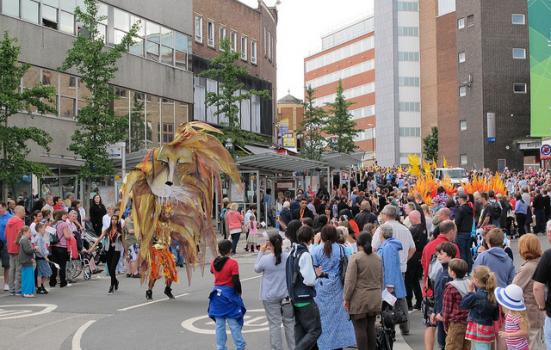A team making recommendations to the Government on how public money can be spent most effectively finds the impact of culture projects to be limited in both scope and scale.

allyhook (CC BY-NC-ND 2.0)
Whilst they have intrinsic social value, the local economic impacts of major sporting and cultural projects “tend not to be large and are more often zero”, according to the What Works Network, an initiative designed to embed robust evidence at the heart of local and national policy-making. Its latest report, ‘What Works? evidence for decision makers’ states that any wage and income effects of projects are “usually small and limited to the immediate locality or particular types of workers”. It concludes that, given the significant cost of most major sport and culture projects, they are “unlikely to be cost-effective in terms of increasing local economic growth”, although they may have intrinsic value in improving wellbeing.
These findings are drawn from recent research studies including one into major sporting and cultural events, which found that cultural and sporting facilities are likely to have a positive impact on very local property prices, and recommended that policymakers should “consider the distributional effects of these property market changes (who are the likely winners and losers)”. It also found that such projects can generate tourism, but that these effects may be short lived. In general though, it identified a lack of evidence regarding cultural projects overall, and no robust evidence on the economic impacts of smaller-scale or recurring events such as festivals.
The ultimate goal of the What Works Network is to support better public services by ensuring that “the best evidence of ‘what works’ is available to the people who actually make the decisions; not only government ministers and council leaders, but also doctors, headteachers, police chiefs, children’s services professionals and many more”. The findings of its latest report are being widely shared by The Cabinet office.





Comments
rt@rogertomlins... replied on Permalink
Fatally flawed study - conclusions not based on relevant studies